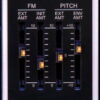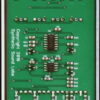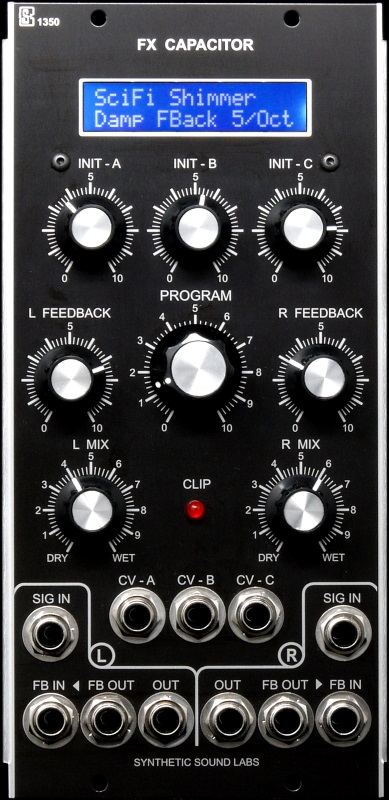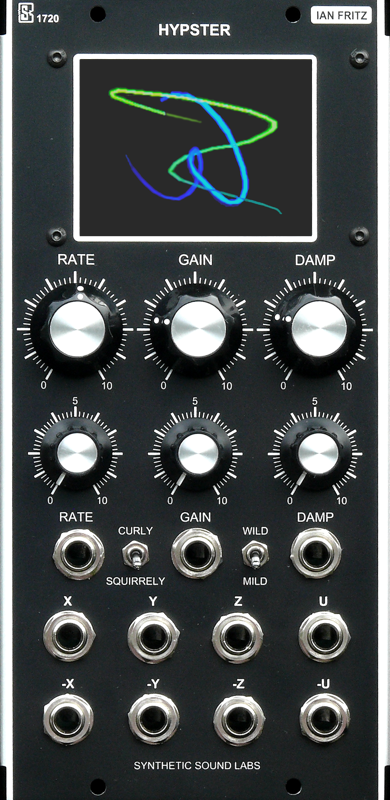Description
Boom, tong, boing, clank, ting. From bass drums, toms, bongos, congas and tablas to finger cymbals, garbage pail lids, and yes, even cowbells.
The ThunDrum 1140 is a flexible two oscillator FM percussive membrane / metal based drum voice in a single width MU (Synthesizers DOTCOM compatible Moog Unit) module.
We tried hundreds of modular patch variations to get to the best combination of simplicity and tonal versatility in a reasonably priced, compact and user-friendly format – And we think we’ve found it!
The main Tone oscillator (VCO) has a linear control response and is adjustable from zero (not thru-zero) to several kilohertz, but the key to the 1140’s unique sound is its enveloped linear FM (frequency modulation).
A secondary wide range “sine” FM oscillator output is routed thru an internal VCA (FM Amount). As pre-patched, the modulation depth is controlled by the Envelope output. This allows higher harmonic contents at the beginning attack of the envelope, which trail off as the tone decays. Of course, this is entirely under your control, and you can easily patch around this normalization and create your own variations.
We designed the main Tone oscillator to actually “stall” (zero frequency) at the lowest settings so that you can get unique musically useful pulsing effects when modulated.
The Tone oscillator has several sources from which its frequency can be modulated:
- A secondary wide range FM oscillator with initial and external amount controls
- External linear CV input with attenuator for controlling the overall pitch
- Envelope control of pitch with (+/-) reversible attenuator
It also has a Color control that goes from triangle, to pseudo-sine to rounded square waves. You decide which is right for your patch. Using an external filter to control the harmonics can make some really cool sounds.
ThunDrum’s inputs and outputs provide a great deal of creative patching capabilities. Smooth, compact slide pots with soft orange LEDs allow adjustments for a wide tonal palette, with a lighted trigger button.
Synchronous Envelope
The ThunDrum employs a unique circuit we call “synchronous envelope” that deserves some explanation. Normally, if you create a patch that has very short, percussive attack times using a free running oscillator, VCA and envelope generator, it’s likely that you will hear slight clicks when triggered because the signal output could be turned on at ANY point in the VCOs waveform.
To prevent the clicks, our circuit waits for the VCO signal to cross the zero-voltage boundary before beginning the attack phase of the envelope, thus eliminating the click. This has some limitations and drawbacks, however. If the tone oscillator is set to a very low frequency (or stalled), the envelope attack will never start or will start with a slight delay. It may take a bit of control fiddling to get to the sound your looking for, but you’ll have fun experimenting.










Reviews
There are no reviews yet